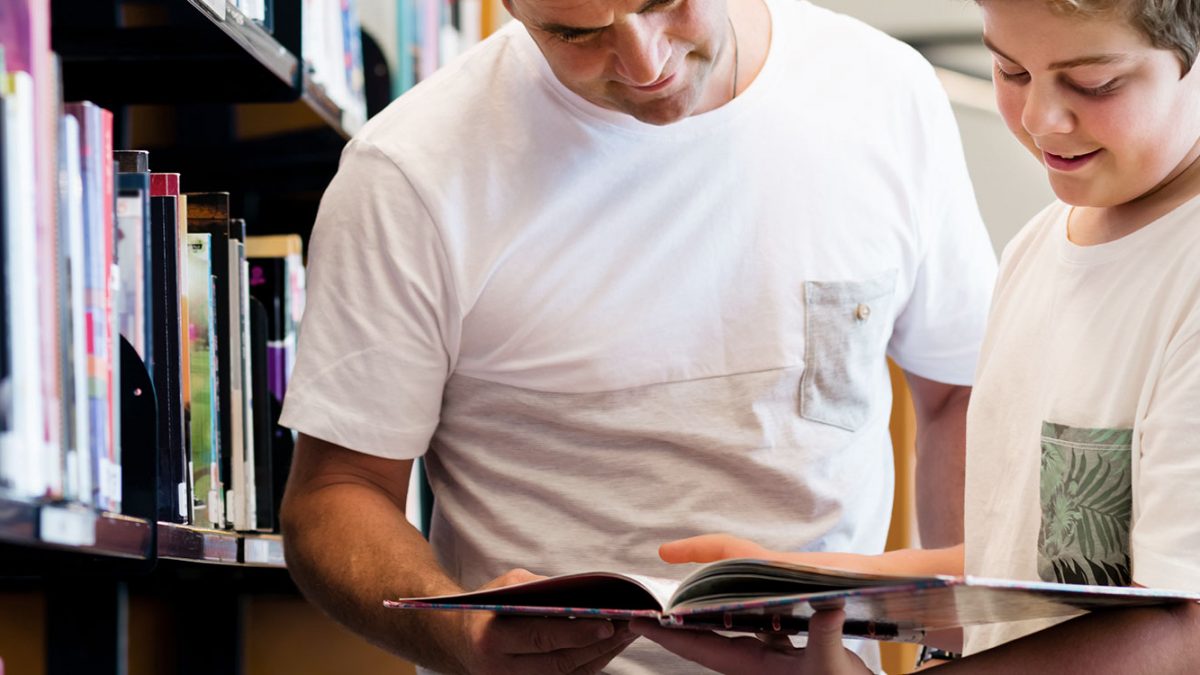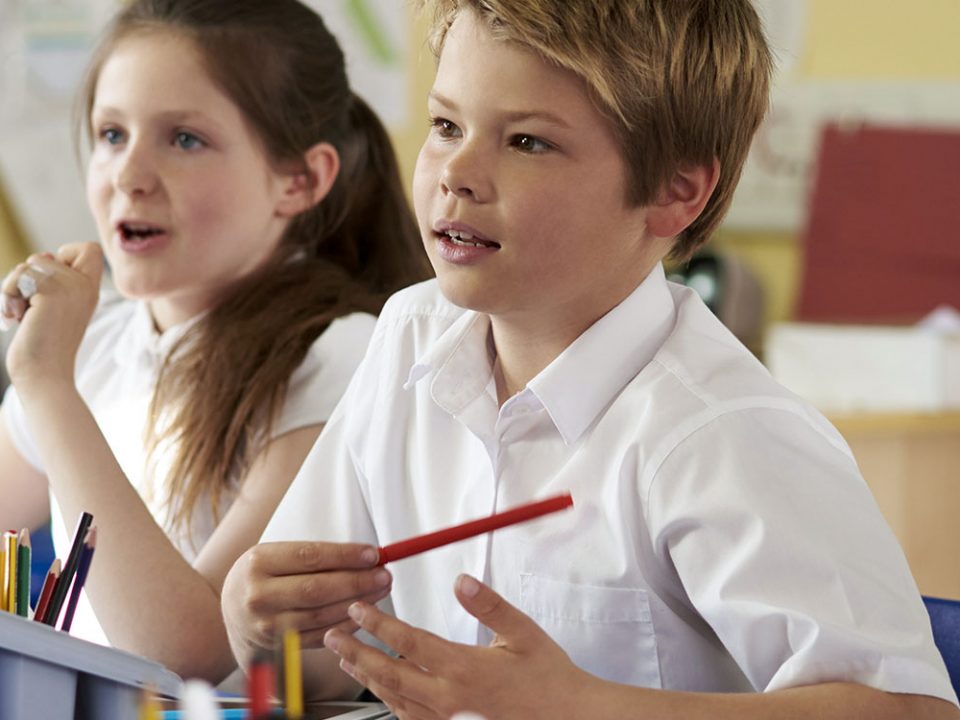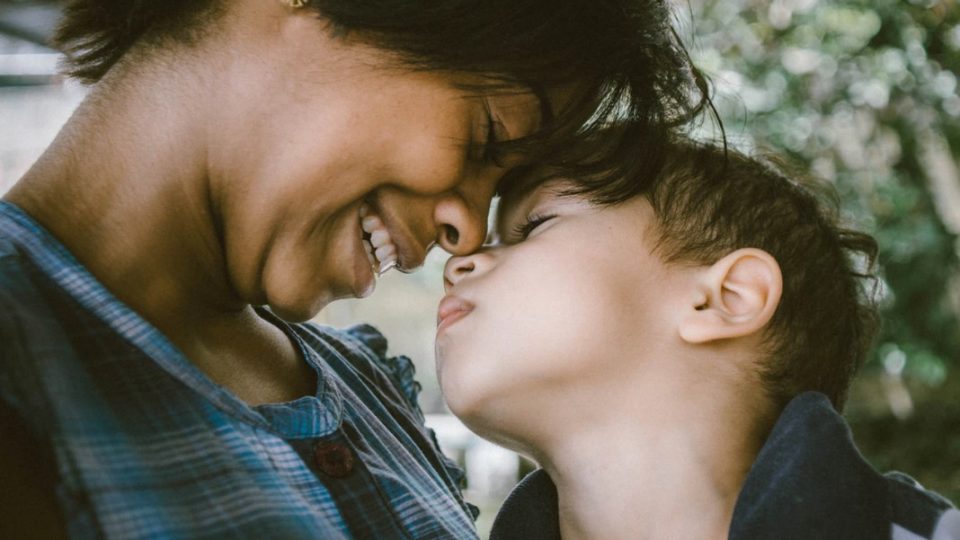
To learn to read is to light a fire; every syllable that is spelled out is a spark. —Victor Hugo
Early –preliteracy book skills are essential in building awareness as language skills start to develop.
- Encourage book handling behaviors where a child can experience physical manipulation or handling of books, such as page turning and chewing
- Start exposure to looking and recognizing books by supporting children to pay attention to and interact with pictures in books, such as gazing at pictures or laughing at a favorite picture
- Structure picture and story comprehension to help a child’s understanding of pictures and events in a book, such as imitating an action seen in a picture or talking about the events in a story
- Model story-reading behaviors that can include children’s verbal interactions with books and their increasing understanding of print in books, such as babbling in imitation of reading or running fingers along printed words
Emergent {Early Primary}
When referring to literacy skills, a typical developing child at this age would be expected to use basic phonological awareness skills such as sound identification, letter-sound knowledge, blending and segmenting sounds as well as using early phonics for simple spelling and reading patterns.
Goals for school readiness:
- Listen to stories; talk about pictures and events in books
- Look at books independently; orient book properly, turn pages
- Recognize parts of books; parts, title, orientation or print
- Recognize words in print (find first word on a page, count words on page)
- Begin to develop metalinguistic and phonological awareness:
- Develop awareness of rhyme
- Count syllables in words
| Skills | Kindergarten Targets | Year One Targets |
|---|---|---|
| Reading | Pre-literacy Skills Between 5-6yrs we really want to see skills in: • Syllable segmentation (Cat-er-pil-lar), • Rhyme awareness, (boat, coat, moat) • Alliteration awareness (adam apple) • Phoneme isolation (B- b) Phoneme segmentation ( c-a-t) (Dodd & Gillon, 2001) • Ability to sound out single letters and letter combinations. (sh, th, ch, wh, ng, vowels) | Literacy Skills • Competency blending sounds to create words (e.g., what word do these sounds /r/, /a/ /k/ /u/ /n/ make?) • Recognising previously learned sight words • Manipulating sounds in words • Vowel recognition (e.g. what sounds different vowels make in sentences) • Reads without monotone fashion • Reads with pausing at punctuation marks • Early phoneme recognition of vowel and letter combinations (ch, kn, ph, ir, ur, oo, ea, or) • Ability to recognise appropriate irregular words, non-word patterns and regular word patterns. |
| Spelling | • Single word spelling for early phonic patterns and transfer of words into written work. • Single sounds for correlation to spelling pattern (I,e, ir, ur er/ ay, ai/ oy oi • Spelling methods using patterns and sequences. (i.e. CVC, CCVC, CVCC) C= Consonant, V = vowel | • Writing sound-letter correspondences for age appropriate targets within words • Structures of more spelling patterns • Ability to use early spelling rules • Knowledge of writing phonic based patterns vs high frequency words. |
| Writing | • What is a sentence? • How do we form ideas? • Constructing sentences with nouns, verbs and adjectives • Using both spelling patterns and common words to create ideas. | • Ways to use writing strategies (mind map, brainstorming, word banks) to kick-start writing • Encourage low resistance to writing • Constructing sentences with simple linking words • Showing ways for grammar checks to edit work |
When referring to literacy skills, a typical developing child for year 1 and above would be expected to use age appropriate spelling patterns, spelling/reading rules and demonstrate an awareness of irregular and regular words.
Research shows that the following reading strategies and study skills should receive increased attention in schools:
- Skimming textual material for basic ideas
- Scanning textual materials for specific information
- Problem solving to derive conclusions
- Taking tests more systematically
- Error monitoring to correct one’s own mistakes
- Listening for important information
- Note taking
Young People
Strategies for Reading
- Attend for prolonged periods to text reading.
- Understand that reading has to make sense and when it doesn’t, we need to do something to improve meaning.
- Understand that it is o.k. to question.
- Understand that it is good to reread and read more slowly.
- Ask questions that relate to decoding, vocabulary and meaning in general.
- Understand text type features e.g. narrative structure, procedure, etc.
- Activate prior knowledge.
- Realize when they don’t understand and stop at that point and work out what to do.
- Activate their background knowledge and connect with information in the text.
- Locate contents, visuals, read captions and understand visuals.
- Skim text for visuals, layout, headings and subheadings etc.
Writing goals
- Linking ideas together logically and grammatically (i.e. ‘I be worried if I be late for the bus’).
- Writing complex sentences with more than one-two clauses.
- Written sentence construction strategies, to assist with skills linked to strong verbal language skills.
- Editing skills to assist with spelling and grammar at the sentence level.
- Larger text type construction for writing analysis, figurative language and year level appropriate text expectations.
- Practice different sentence types using conjunctions and complex sentences with words such as although, however, unless, whenever.
- Work with manipulating words and rearranging ideas to help with flexible writing and expressing of ideas.



